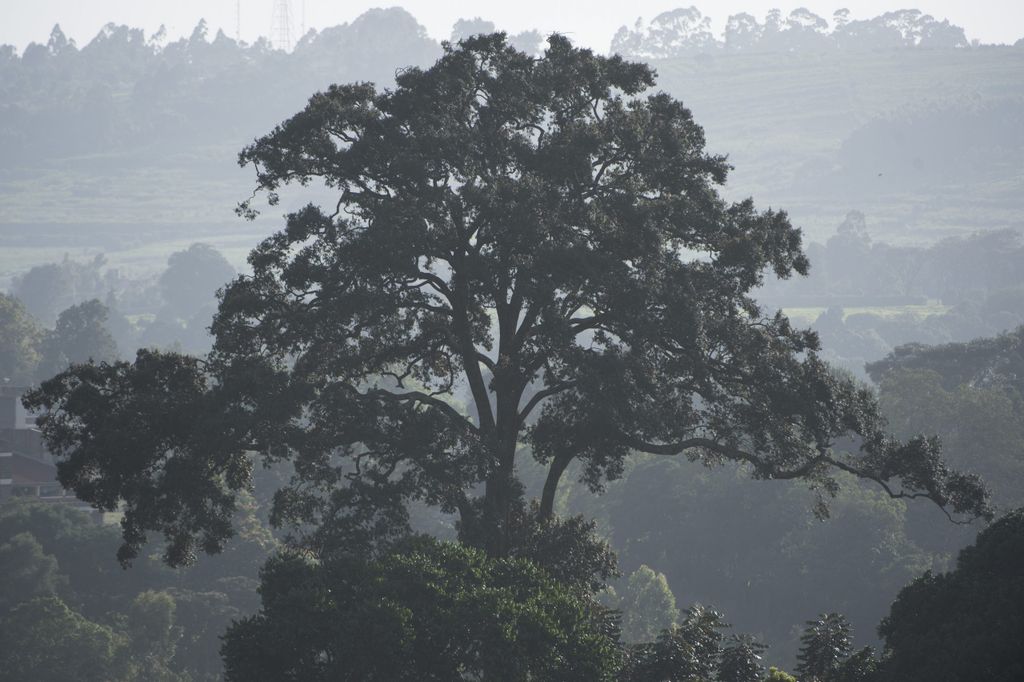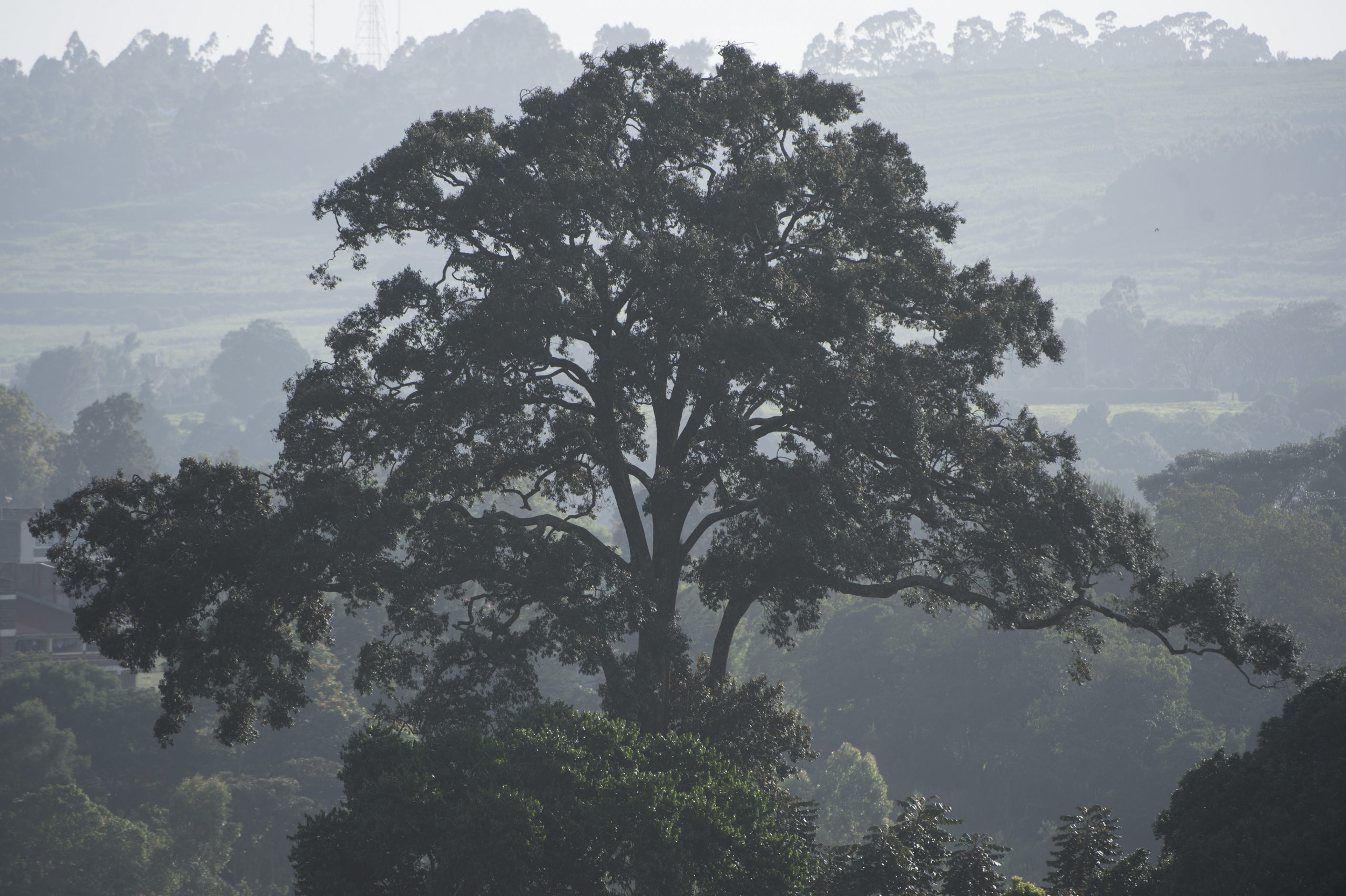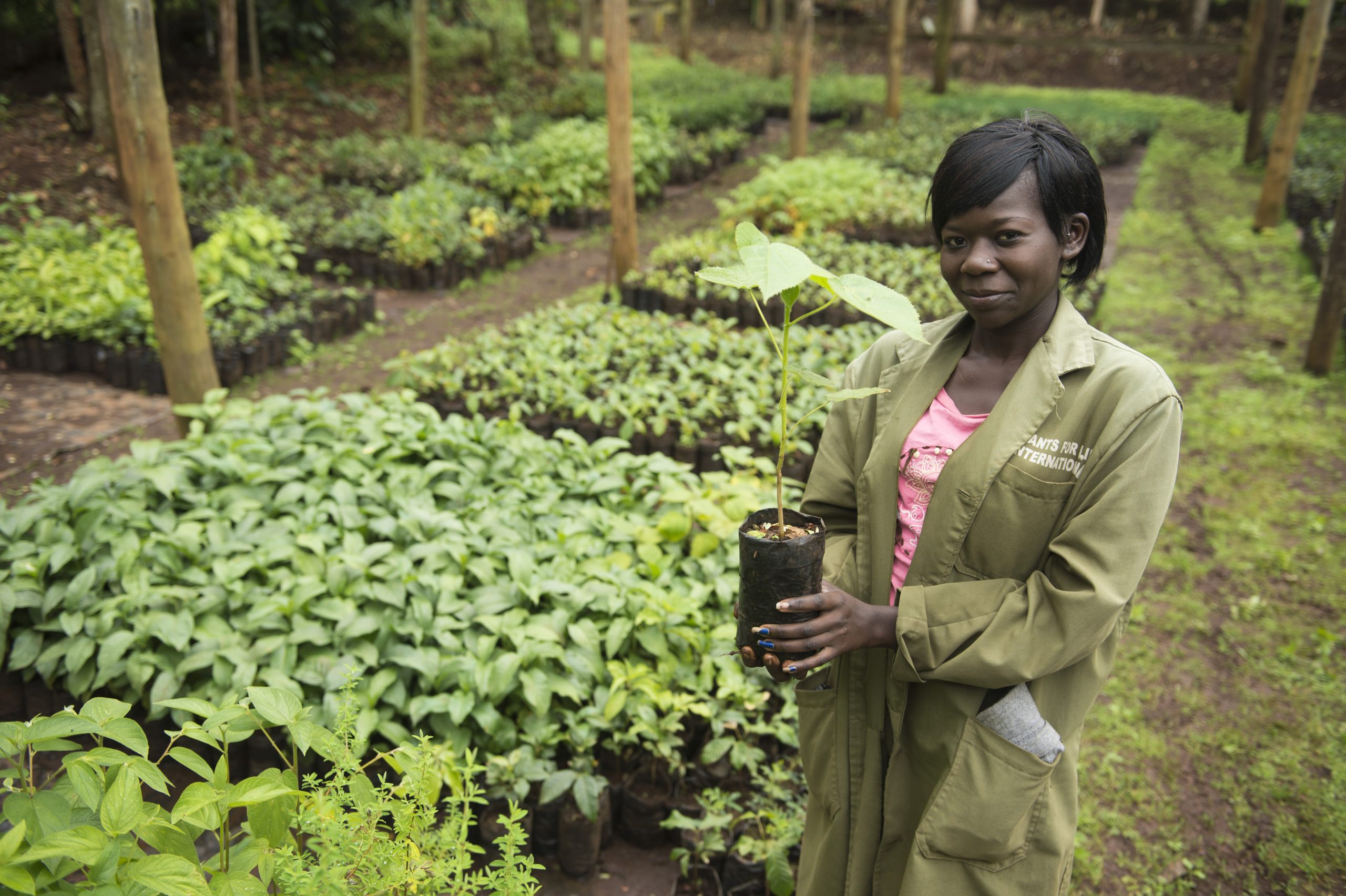Forest restoration – saving East Africa’s rare trees

-
Status of project
Completed -
Region
Africa -
Programme
Global Trees Campaign -
Workstream
Saving Plants -
Topic
Tree Conservation
Project completed: 2021
Conservation problem
Brackenhurst Botanic Garden is situated in Limuru, just outside Nairobi, Kenya. The forest in the region was once so extensive that it hosted leopard, buffalo and elephant. Less than 2% of original forest remained before restoration work began at Brackenhurst Botanic Garden, with the rest mostly transformed into tea and eucalyptus plantations.
Project goal
BGCI provided support to Brackenhurst by helping the garden to establish links with funders, government and NGOs, with the aim to scale up the valuable conservation and restoration work of this institution.

Why these species?
Conservation of threatened trees is a strong focus of the restoration project. The project includes some of East Africa’s rarest tree and Critically Endangered species, such as, Euphorbia cussonioides, Pavetta tarennoides, Meineckia ovata. Other threatened trees are: Aloe ballyi, Coffea fadenii, Diospyros occulta, Julbernardia magnistipulata, Macaranga conglomerata, Memecylon verruculosum, Pandanus kajui, Prunus africana, Vepris glandulosa, Vitex keniensis.
What did we do?
Collection of seeds, propagation efforts in the nursery, and subsequent planting in the restored forest at Brackenhurst is providing conservation for some of East Africa’s rarest trees.
Brackenhurst Botanic Garden has restored 40 hectares of indigenous forest. Over 100 rare East African trees have been planted in the restored forest, providing a safe site for these species of conservation concern.

Key achievements
Since planting work began in the year 2000, the exotic tree plantations have been replaced with native forest that now reaches 30-foot tall, made up of lianas, orchids and a species-rich understory.
Over 100 rare trees have been incorporated in the restored forest at Brackenhurst, including globally threatened species. Collection, propagation and planting efforts are generating increased knowledge about these species, which is vital for their survival as habitat destruction continues.
The restored forest is now home to over 170 species of birds, 120 species of butterfly, as well as fruit bats. The project also provides livelihood opportunities in an area of high unemployment, by training and employing local people.